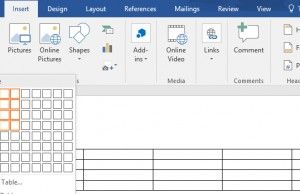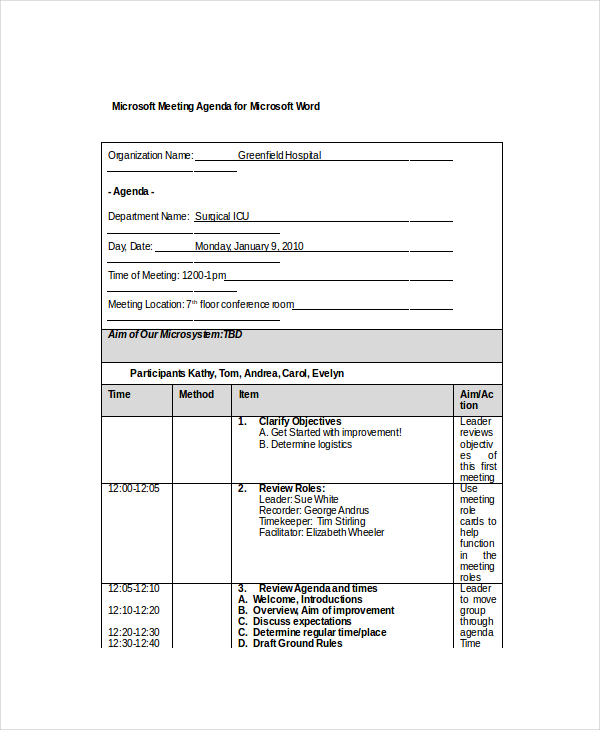
Let’s say each of your major headings use Heading 1 for Section 1, Section 2 or Chapter 1, Chapter 2. instead, but you can click the checkbox to include a chapter number. Not only can you change the number format, so you could have Figure A, Figure B etc.

Just go to the same dialog by pressing the Insert Caption button and this time, click the button marked Numbering.

Now let’s say you want to change your captions so the numbering restarts from 1 with each new chapter.
#Table formatting in word update#
Just change the style to be the way you want it to be and it will automatically update the styling of all the captions you’ve created. If you want it to us bold blue text in a smaller font, that’s fine. Although the default is generally just to use italics, it’s a style so you can change it. So you can do all the figures first and then all the tables.Įach caption will be entered using the Caption style. Now, each time you click Insert Caption it will use the label from your last caption until you change it again. It actually creates a new sequence and maintains it for you just like it did for figures. Even though you already had several figures in your document, Word starts numbering the tables from 1. So press the Insert Caption button once more but now when the dialog appears, change the label from Figure to Table. We do it the same way but we’ll need to use a different label. Now how do we do something similar with table captions. In other words you don’t have to worry about the numbering, Word will do it for you. It will correctly number it as Figure 2 and renumber your previous Figure 2 as Figure 3, Figure 3 and Figure 4 etc. But if you wanted to insert a new figure between Figure 1 and Figure 2, then that’s fine. Word now correctly maintains the sequence in your document for you as you add Figure 3 and Figure 4. When you get to the next figure, just repeat the process and it will now insert a caption called Figure 2. You can now type in the rest of the caption text you want. Press enter and you’ll see that a caption gets entered called Figure 1 using the Caption paragraph style. You’ll see it’s suggesting “Figure 1” for the first caption. That’s the one we want, so go ahead and press it. In the Captions group you see a button labelled “Insert Caption”. Place the insertion point where you want the caption to be and head over to the References tab on the ribbon. So let’s start with straightforward figure captions. Office Support Styles Videos is really easy to follow Microsoft trainingĪnd of course if you google “learning about Word styles” then there’s plenty more. HowToGeek Document Formatting Essentials provides a really good set of online lessons Styles by Shauna Kelly is a good overview from someone with heaps of Word experience Most of the clever stuff in Word only works because of styles, so it’s really worth understanding properly how they work.Īnd because using paragraph styles is so vital to making this work, here are some great resources to understanding how they work. The key to getting your captions to work the way you want them to and to being able to style them correctly is to use paragraph styles. Then there are some rather more advanced topics like having a different list, not figures or tables but maybe something like maps instead.

And of course, you’ll want to be able to build a complete list of tables and figures at the front of your document just like a table of contents, but specifically for tables and figures.

But if you have a long document you might want to restart in each chapter, so you might wan the first figure in chapter 3 to be Figure 3.1. You’ll want to do the same with tables, so Table 1 followed by Table 2 and so on. So you’ll have Figure 1, then Figure 2 and Figure 3. Typically captions will be sequentially numbered. You don’t have to follow this but it is the most common usage. If you want to easily create captions for your figures and tables, this article should show exactly how.īy convention captions for tables usually go above the table they refer to and, by contrast, captions for figures usually go below the figures. Above is a picture of a figure that might appear in a Microsoft Word document, where a figure caption has been added.


 0 kommentar(er)
0 kommentar(er)
